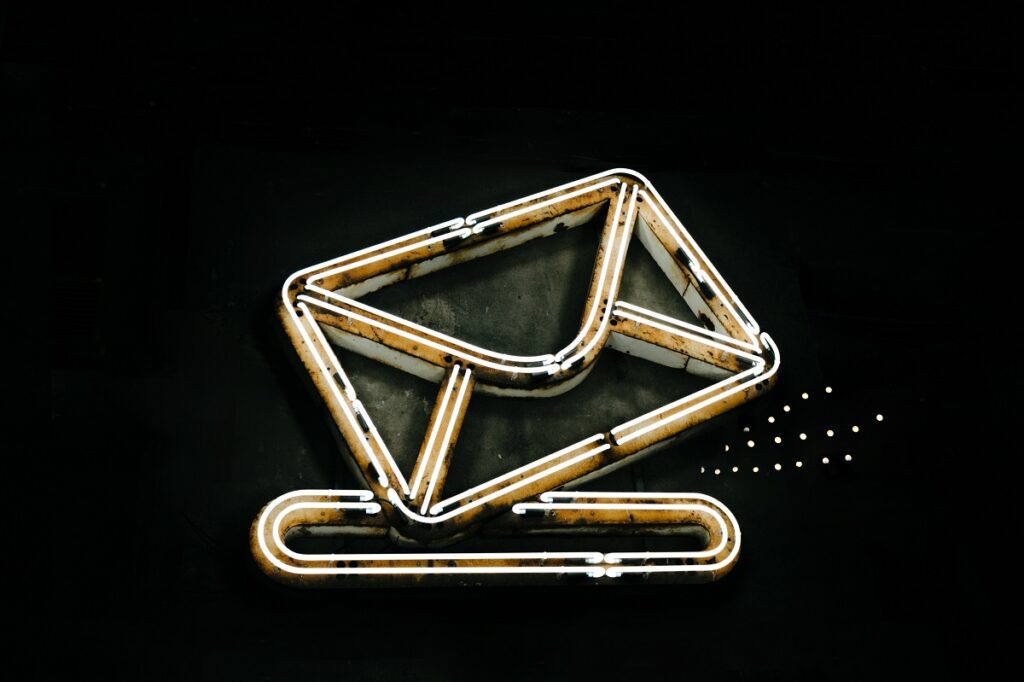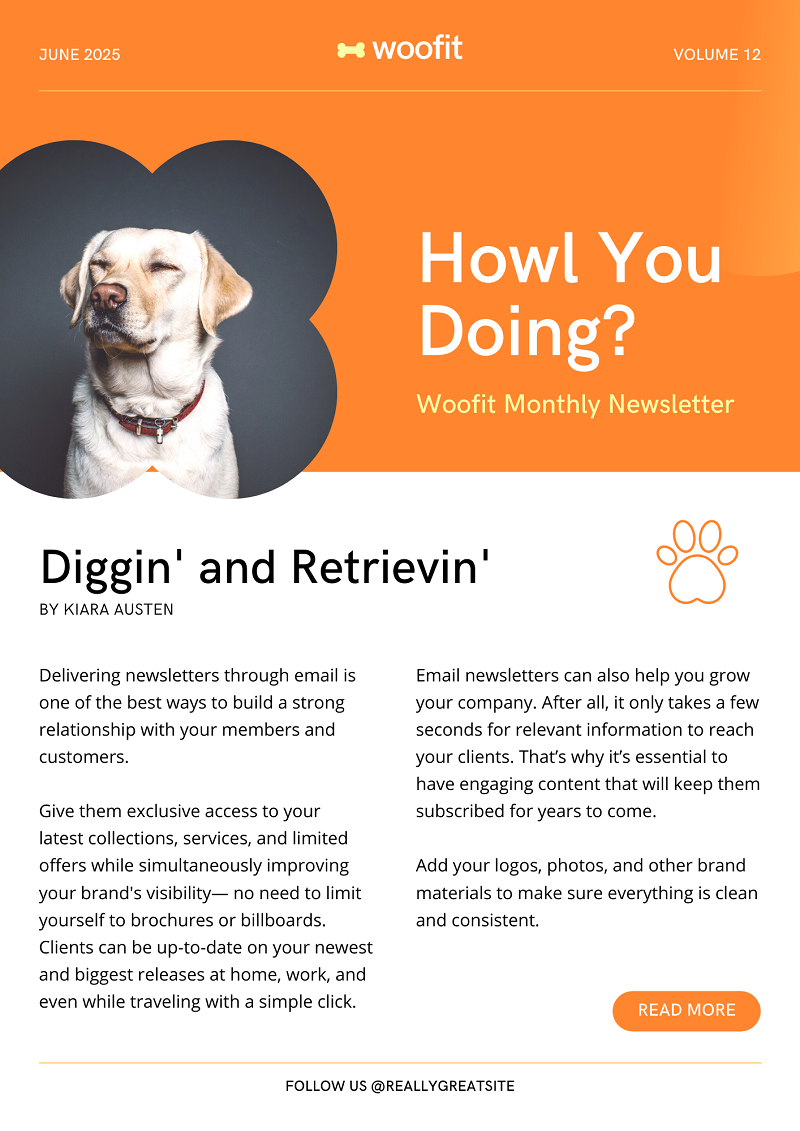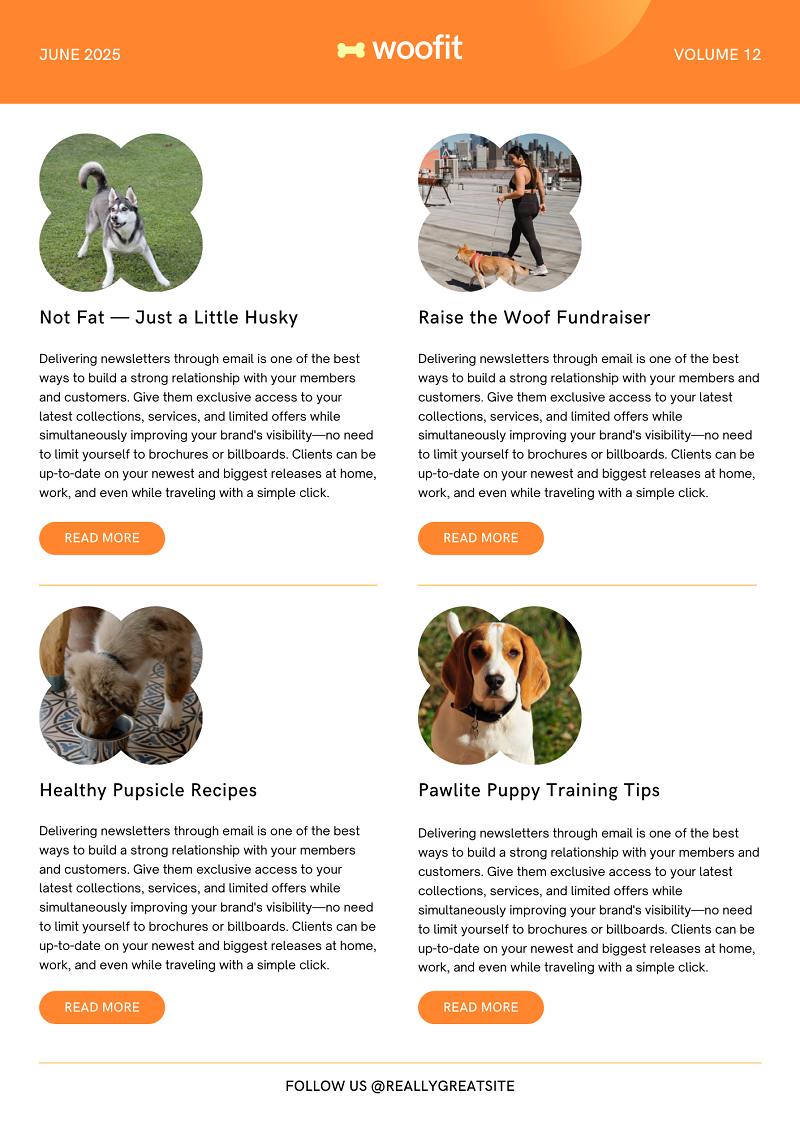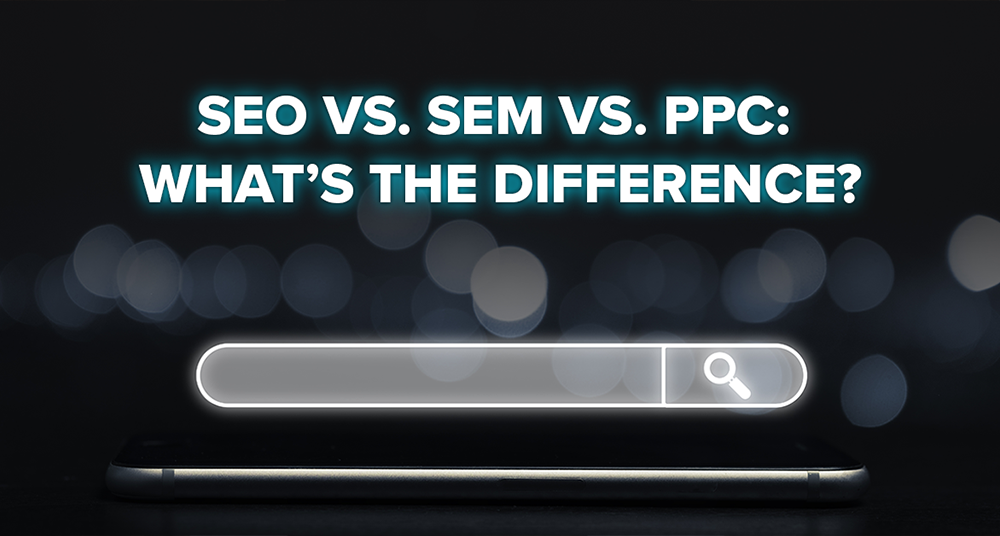E-mail marketing is nothing new but it’s surely making a comeback. No matter the industry or the size of the company, whenever a business has something new in the works it doesn’t hurt to share it. But even though when we think of newsletters, we mainly think of selling something, that’s not entirely the case, as newsletters can be used to cover other bases too. So how should you go about picking the best newsletter formats to boost your business?
First things first. All newsletters were not created equal and e-mail marketing can be a make-or-break move. Maximizing the effectiveness of your marketing does not solely depend on your content (which, by the way really needs to be great!), it also depends on the visual appeal of the newsletter.
In a digital era where we’re overloaded with piles of information, offers and ads, you must know how to set yourself apart from the competition to truly capture your audience’s attention, so that they will not only will they love opening and reading them, but actually look forward to the next one.
In this article, we’re going to dive into all you need to know about e-mail marketing and how to find the best newsletter formats for you.
Why newsletters are such an impactful marketing tool
There are plenty of routes you can take to reach your audience, from social media marketing campaigns to paid ads and influencer or affiliate marketing. So in the sea of options, you may wonder, why choose the one that is so… “old school”?
Although some may argue that e-mail marketing is dead, that is far from the truth – quite the contrary – it has remained one of the most effective ways to connect with customers, as, in a way, it speaks directly to them.
Harvard Business Review says that on average, a professional will open their e-mail app approximately 15 times in a day, or every 37 minutes. And if this was not motivating enough, here are some more numbers. An e-mail marketing campaign has a 40 times higher success rate in acquiring customers in comparison to social media, namely Twitter and Facebook combined.
Another thing that makes e-mail marketing a reliable tool is that you are the owner of the e-mail list of subscribers, unlike social media followers who will vanish if the platform was to be shut down for good.

Newsletter design matters. A lot.
While e-mail marketing has great potential it also comes with relentless competition which makes it all the more difficult to stand out.
Your newsletter design is just as important as the content you share in it, as people process images and visual clues quicker than text. E-mail design lets your identity shine through, with color, graphics, typography, and images. That being said, you must keep in mind that overloading the newsletter with images, graphics, and too many colors can lead to the e-mail recipient’s junk folder.
Another key point to remember would be to make sure your newsletters are always user-friendly in order to convey the message quickly and efficiently.
Here are the best newsletter formats for e-mail marketing
1. The classic newsletter
Although today we use the term newsletter very broadly, the original “newsletter” actually refers to informative bulletins that is not intended to sell anything.
The task of the old-school newsletter is to boost engagement and interact with a business’s clients, raise brand awareness and promote loyalty.
Despite the fact that newsletters are not the most commonly delivered by businesses, they are the most widely welcomed by users, placing second on the list. Companies should explore this since mailing is a terrific tactic; it’s one of the most direct ways of communicating with clients, second only to telemarketing, and it may be highly beneficial to create an influence on them without any monetary reason.
Take a look at this template by Canva, which uses a newspaper-like format. This newsletter’s design is the ideal format to use when you announce news related to your brand.
2. The newsletter that sells
The absolute opposite of the first e-mail newsletter we mentioned! Commercial e-mail newsletters have the objective to sell, as suggested by the name. Most commonly used by e-commerce companies, these e-mail newsletters mark a higher conversion rate of visits into sales, in comparison to the classic announcement ones.
According to Mailmunch, 66% of online buyers make a purchase as a result of e-mail newsletter marketing.
E-commerce newsletters’ main focus is CTA by offering products or services, promoting new-ins, and offering discount codes for the brand’s newsletter subscribers.
The design of these newsletters can be quite simple and to the point, but what creates more sales is a newsletter that speaks directly to the reader, like the one below by Pandora.
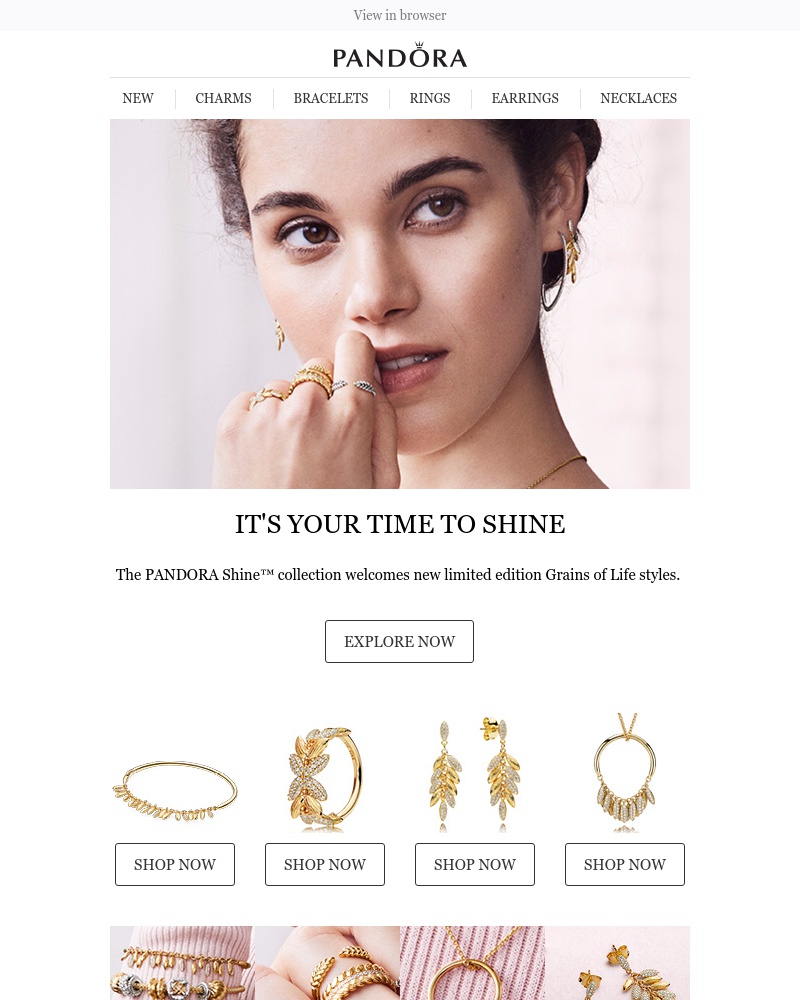
3. Themed newsletters
The next type you’re certainly familiar with is the seasonal, or themed newsletter. Be it Christmas, Valentine’s Day, Halloween, or (our favorite) Black Friday, this newsletter takes advantage of a specific date or event.
You can use the seasonal festivities to promote new products, offer discounts or bundles, or you can simply create a themed newsletter as a virtual festive card to engage and connect with your subscribers, as well as to raise brand awareness and presence.
A great example shown below is this Valentine’s Day sale newsletter by J. Crew.
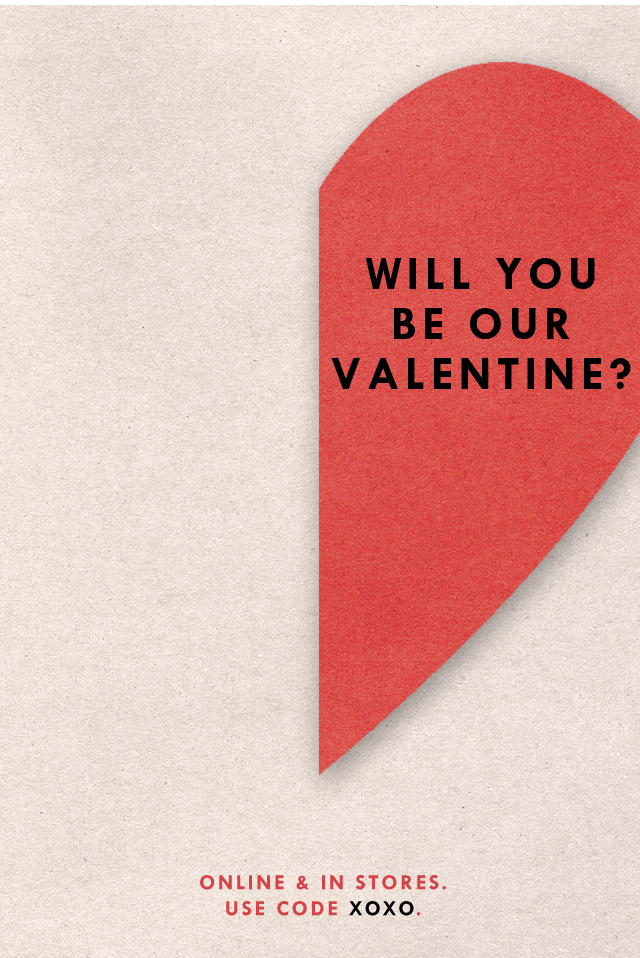
4. Transactional newsletters (no, not that kind of transaction)
Then there are transactional newsletters. In this scenario, we don’t mean that one side is selling, and the other is purchasing. In the realm of email marketing, it’s necessary to keep in mind that the goal isn’t only to sell more, but also to connect and communicate with customers. As a result, because transactional newsletter templates may be used for a variety of reasons, they are simple and devoid of embellishments.
The purpose of such a newsletter would be very concrete, such as answering a question from a customer or thanking a customer for subscribing to your newsletter.
Your best bet would be a clean, simple design that gets to the point and looks very professional.

5. The one that speaks to your customer
Last but not least, we present to you invitation newsletters. This has been a great channel to increase brand awareness and client loyalty when we want the relationship with customers to transition from online to offline with this sort of email. The goal is to get to know them in person so that they feel more connected to the business as a result of this approach.
Use this kind of newsletter to invite them to an event, such as a product launch, an exclusive shopping night, or a webinar. When a customer has had direct contact with a brand’s product, service, and staff, it is far tougher for them to forget about it.
On top of that, if your newsletter is well-written and aesthetically appealing, your clients are more likely to desire to attend in person, and this is your chance to earn their trust.
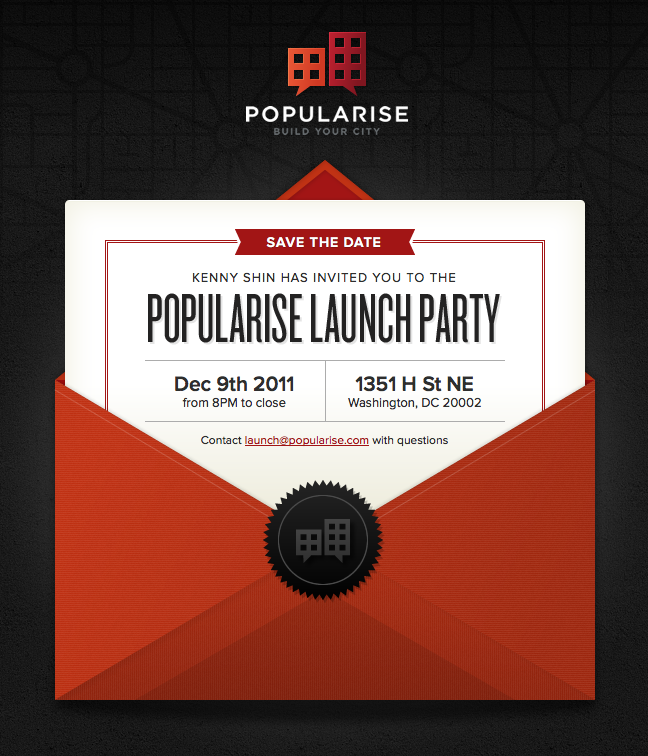
Final thoughts
One of the most difficult tasks in the e-mail marketing sector today is demonstrating to customers and supervisors how powerful e-mail marketing can truly be.
Between social media marketing, paid advertising, affiliate marketing, and other emerging strategies, it appears that e-mail isn’t getting much attention as a useful digital marketing tool.
Being granted access to someone’s e-mail is as much of an honor as being invited inside their house. People don’t give away their e-mail addresses to just anyone. They only reveal them to people they have decided to trust.
Newsletters and e-mail marketing allow you to partition and customize your communications so that each user feels as though they are being addressed personally. This can be based on previous purchases, the number of e-mails the recipient opened, engagement and conversion rates, and other factors.
